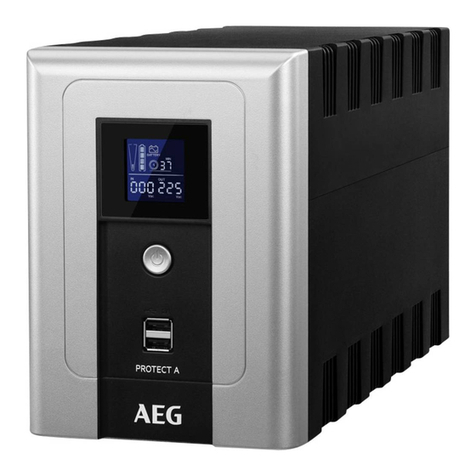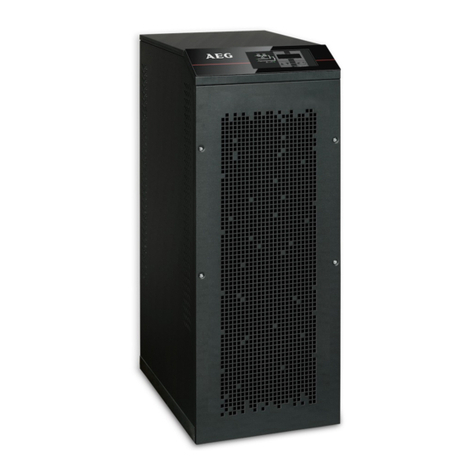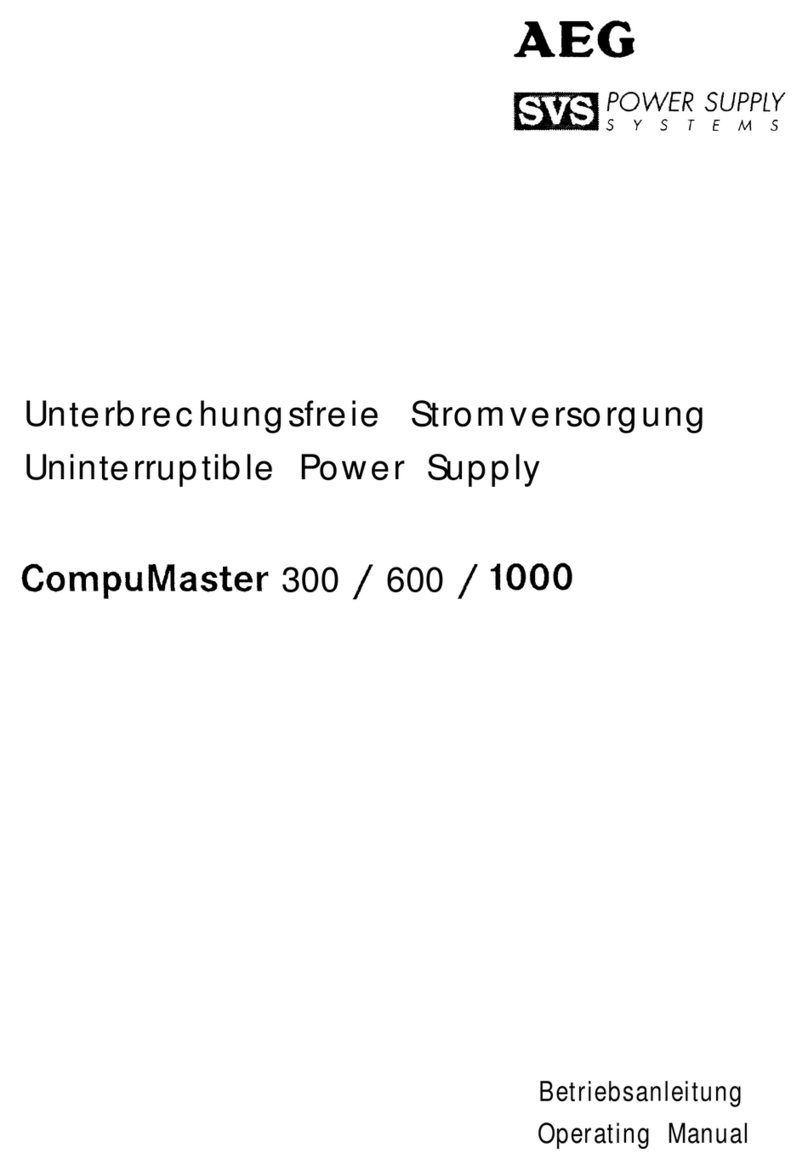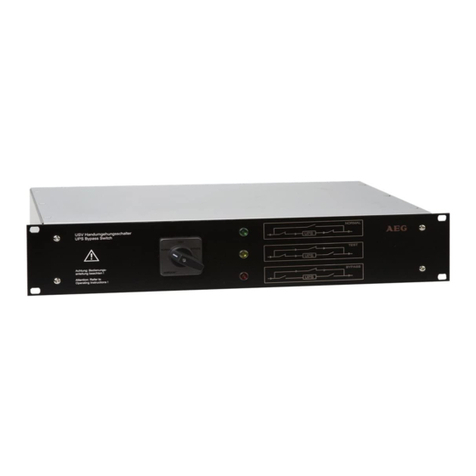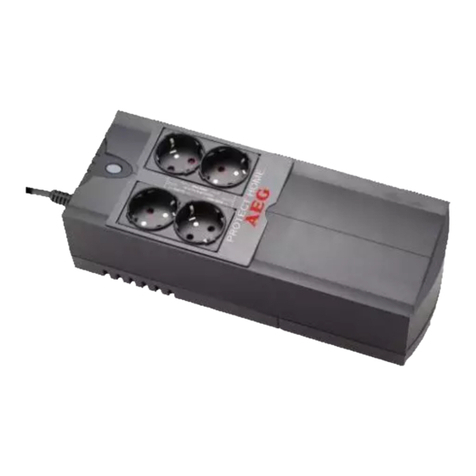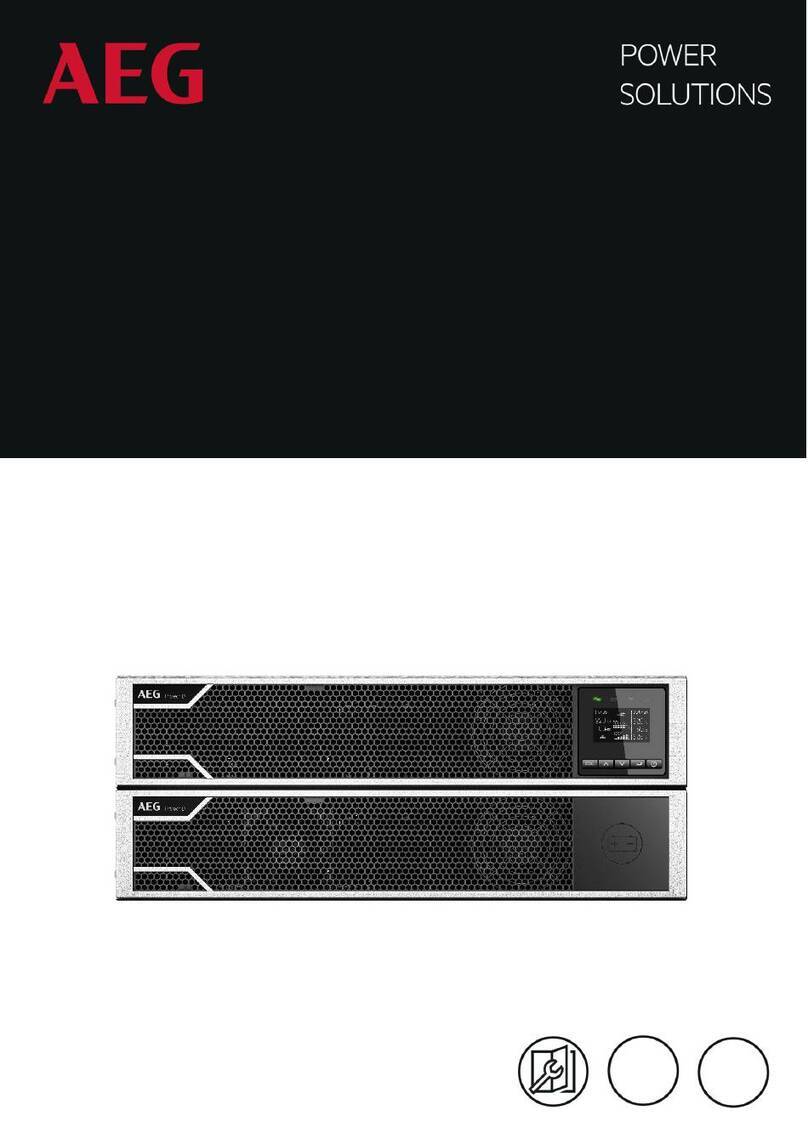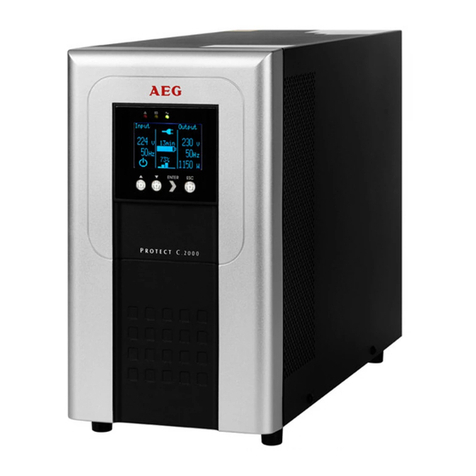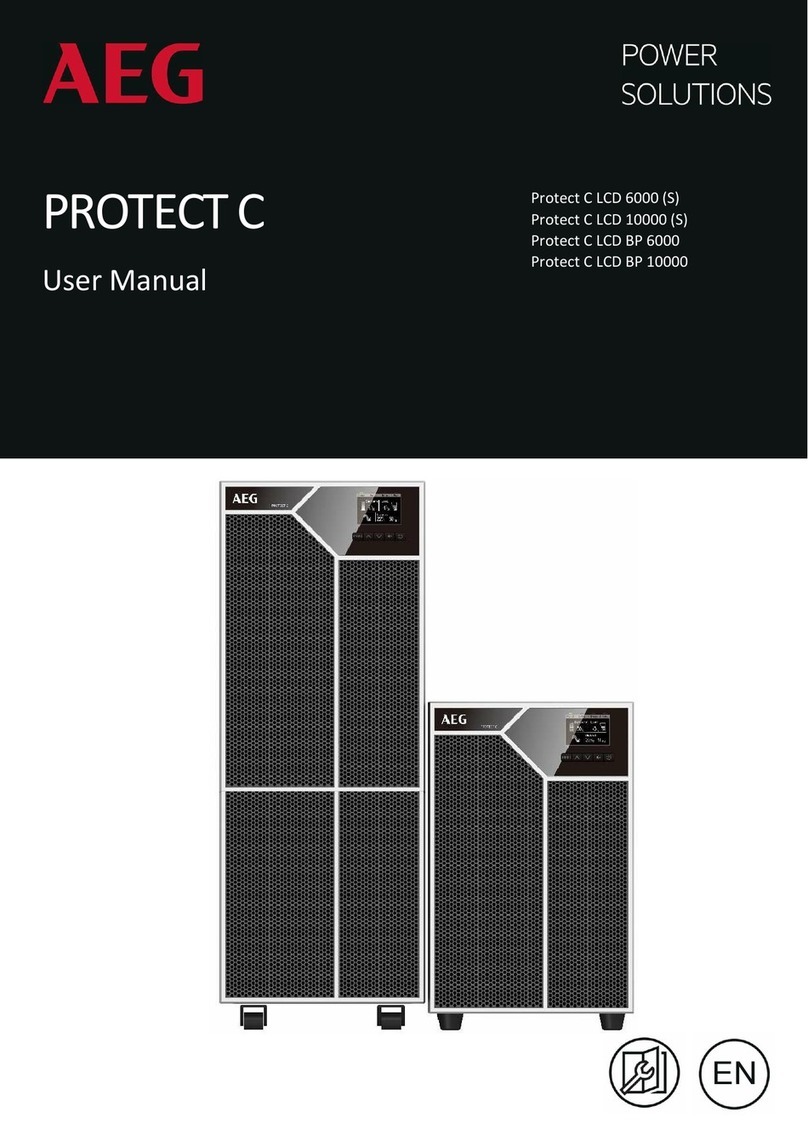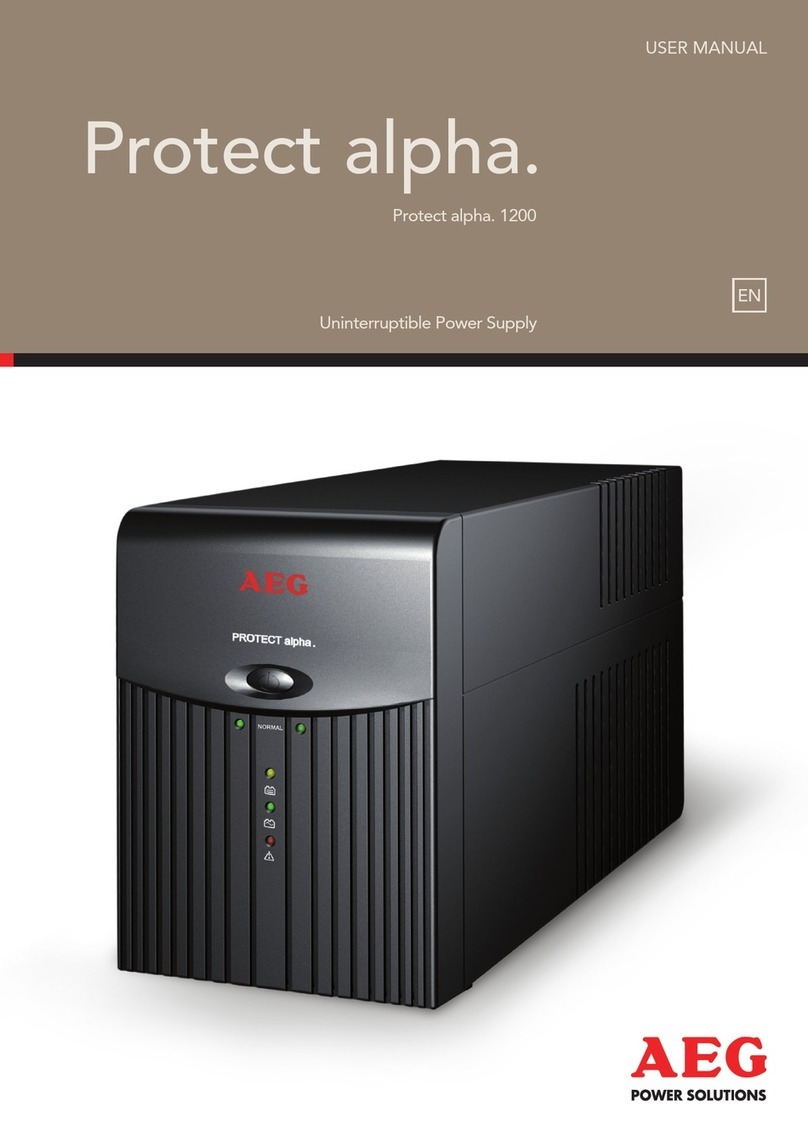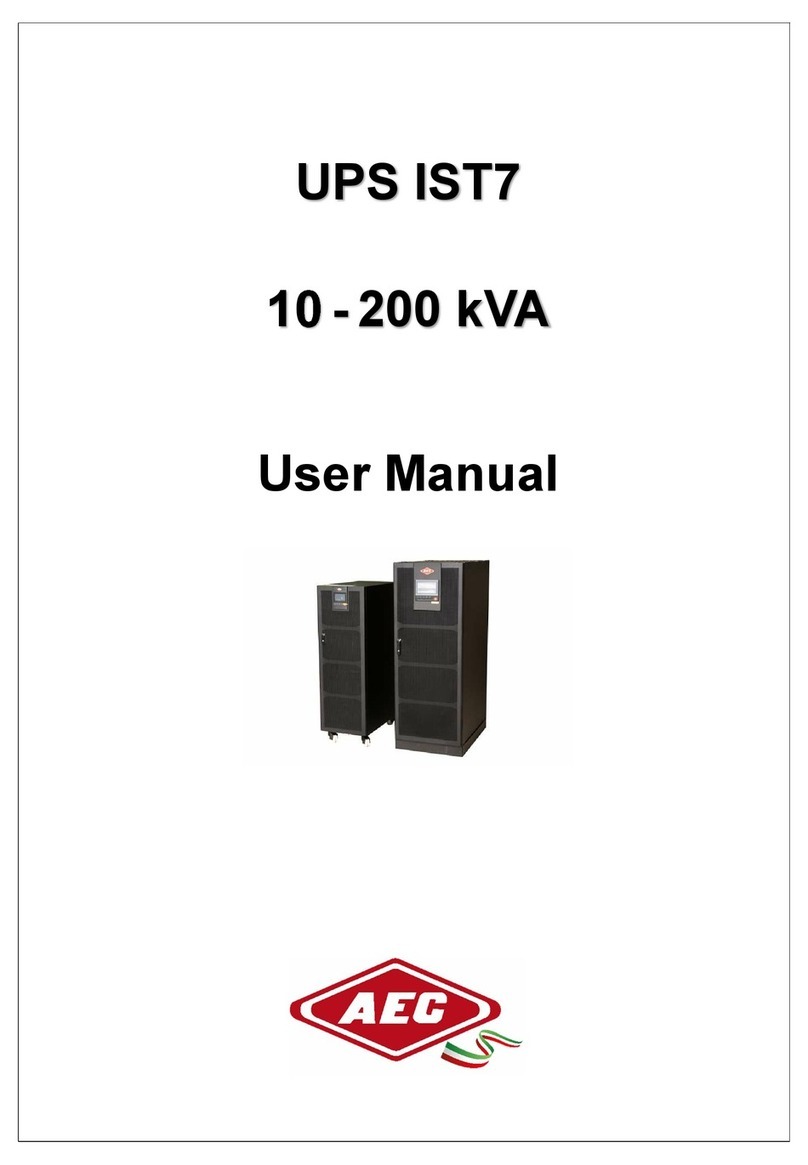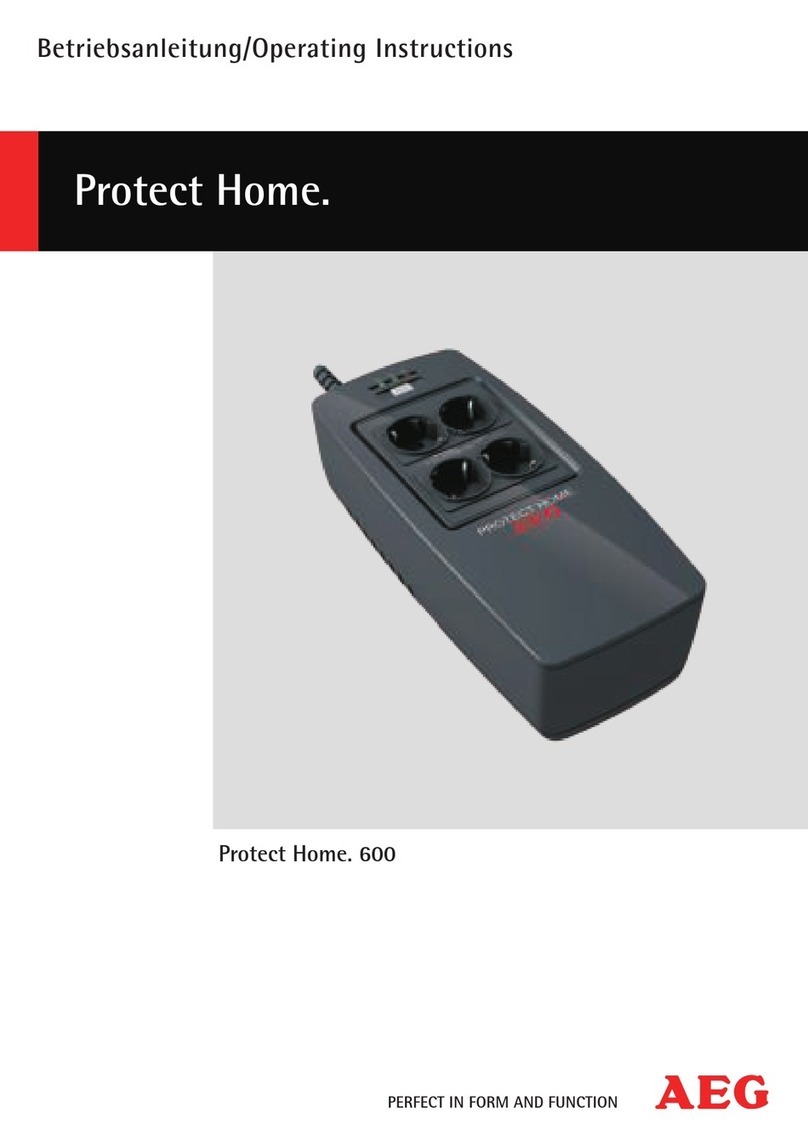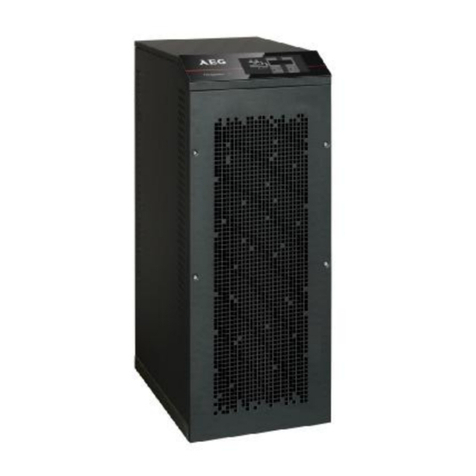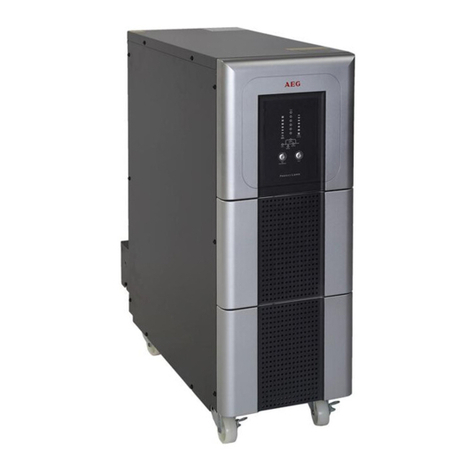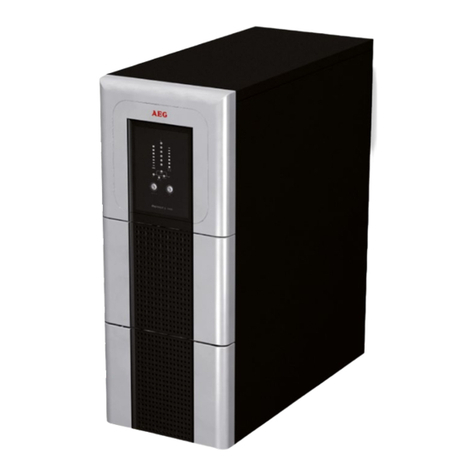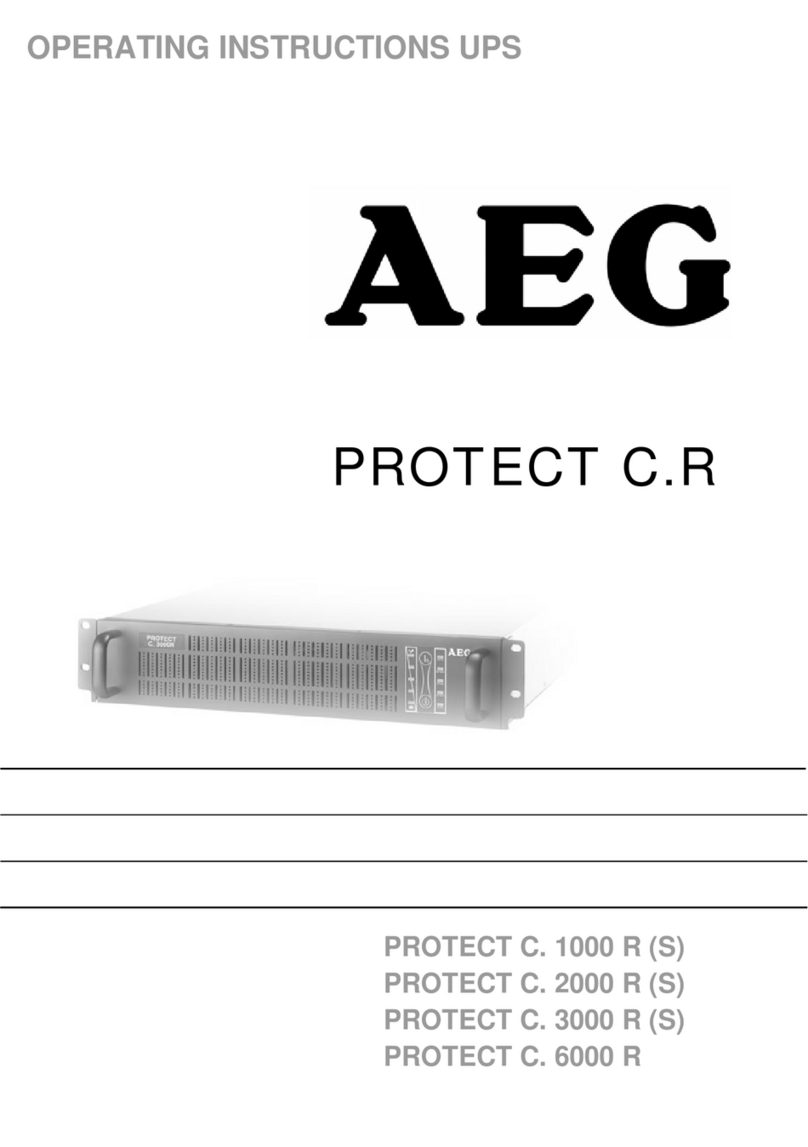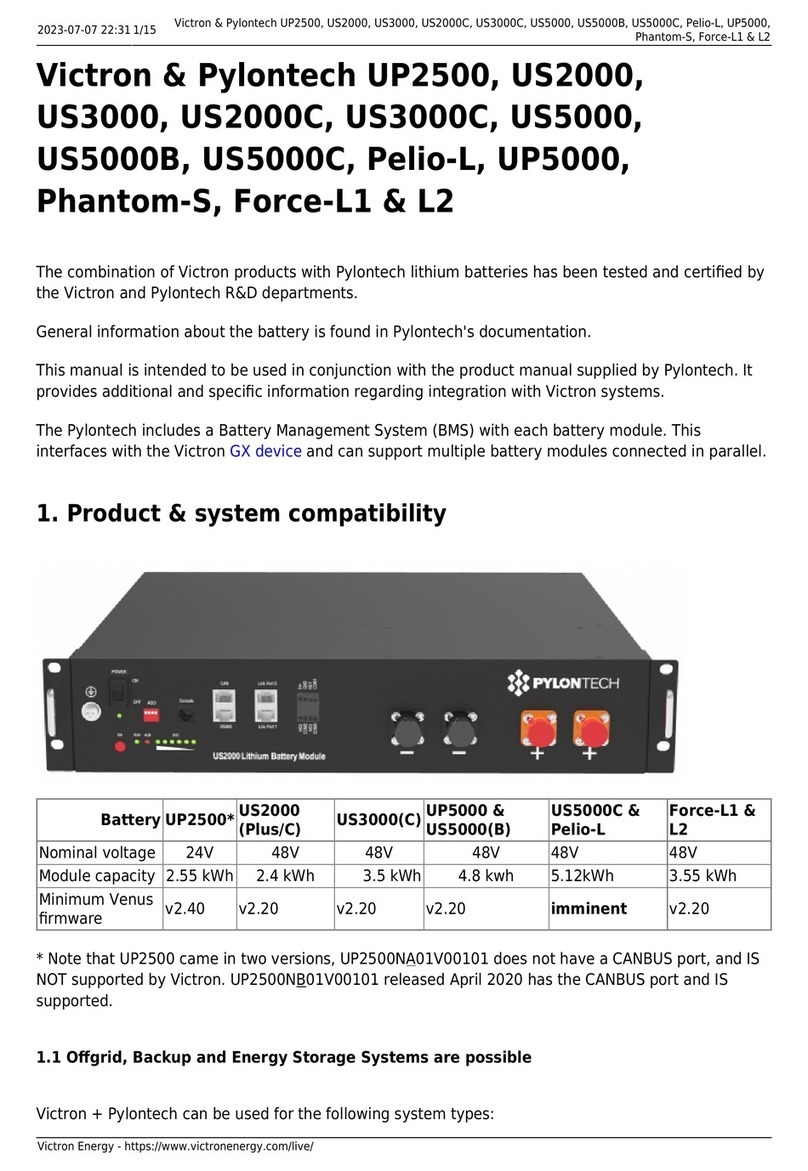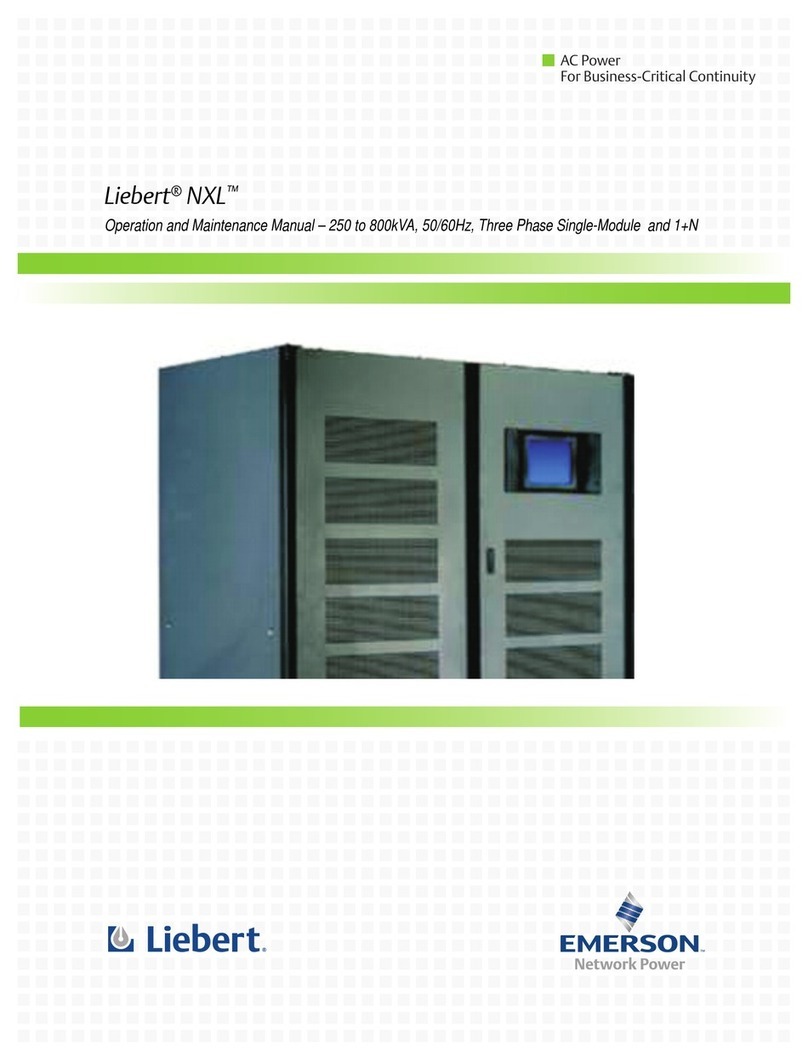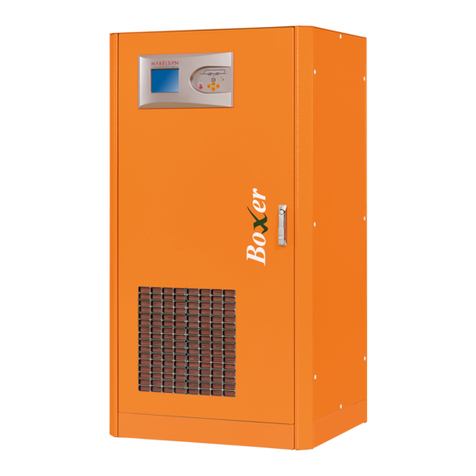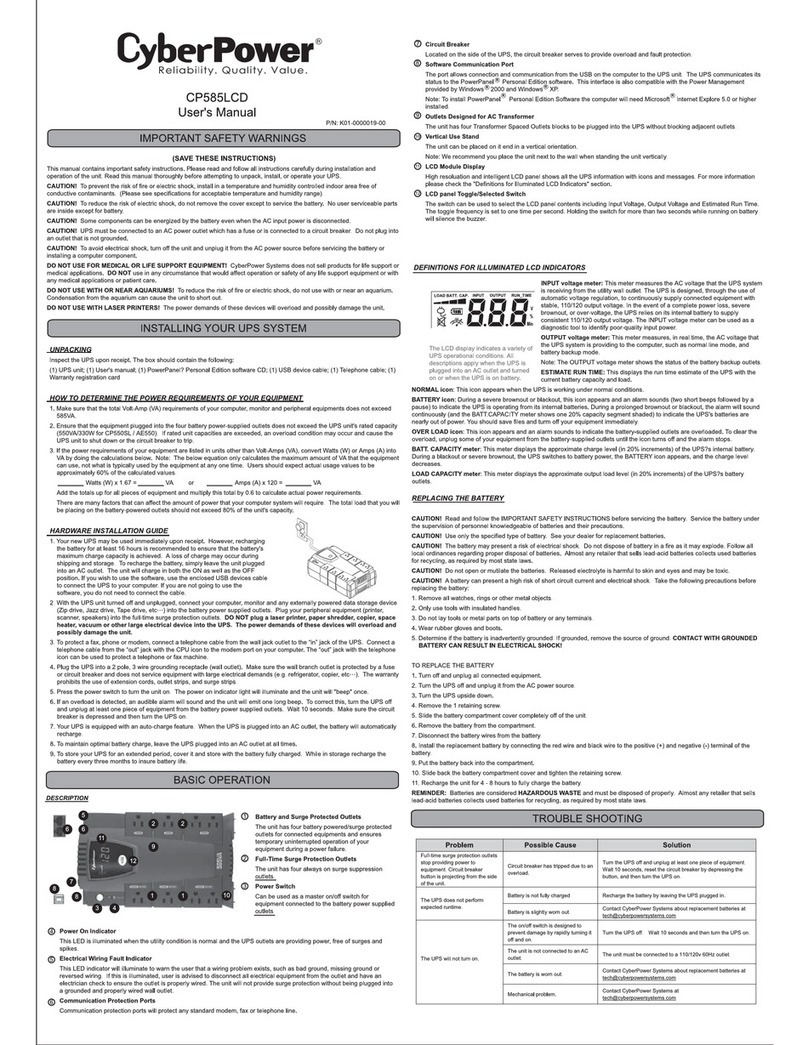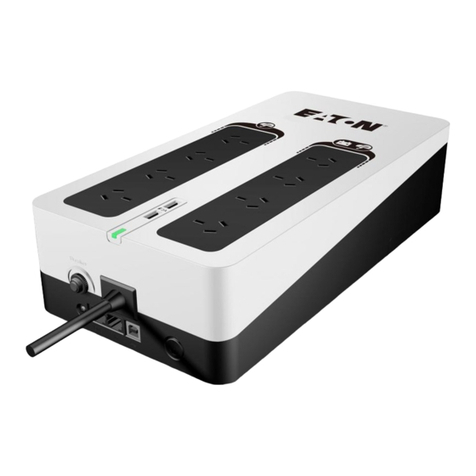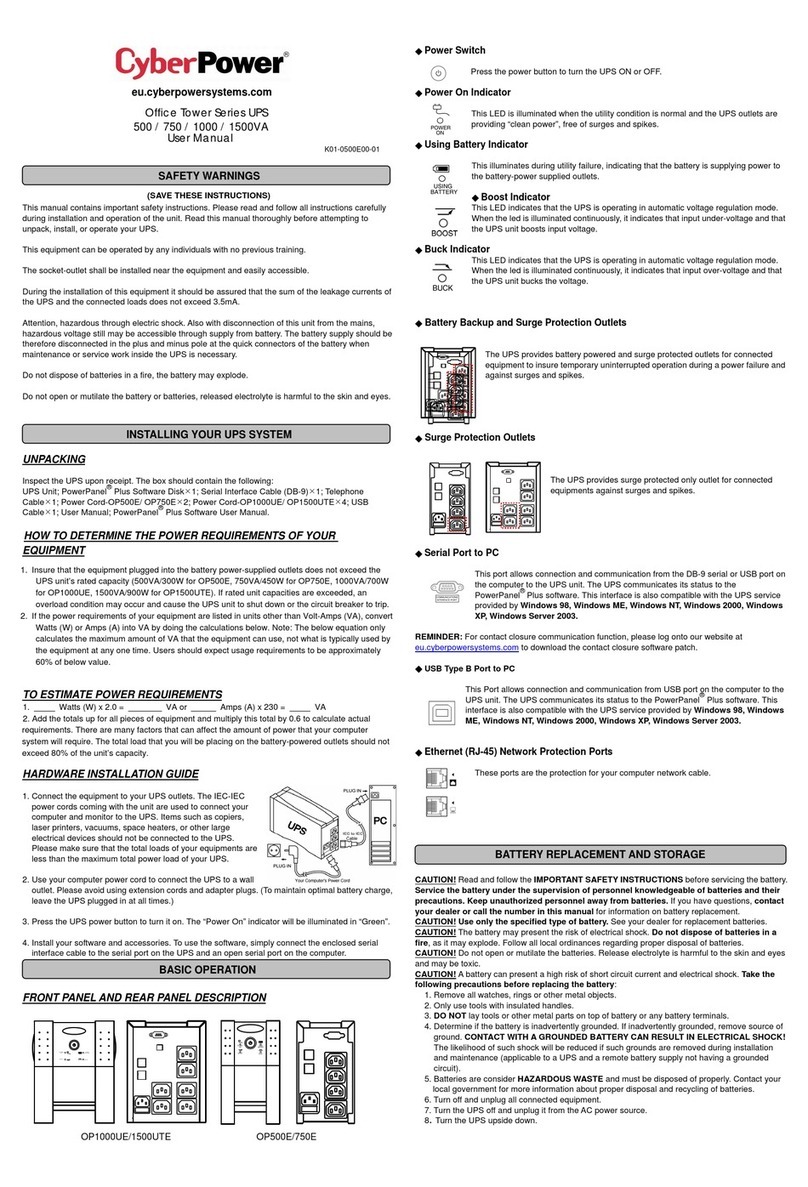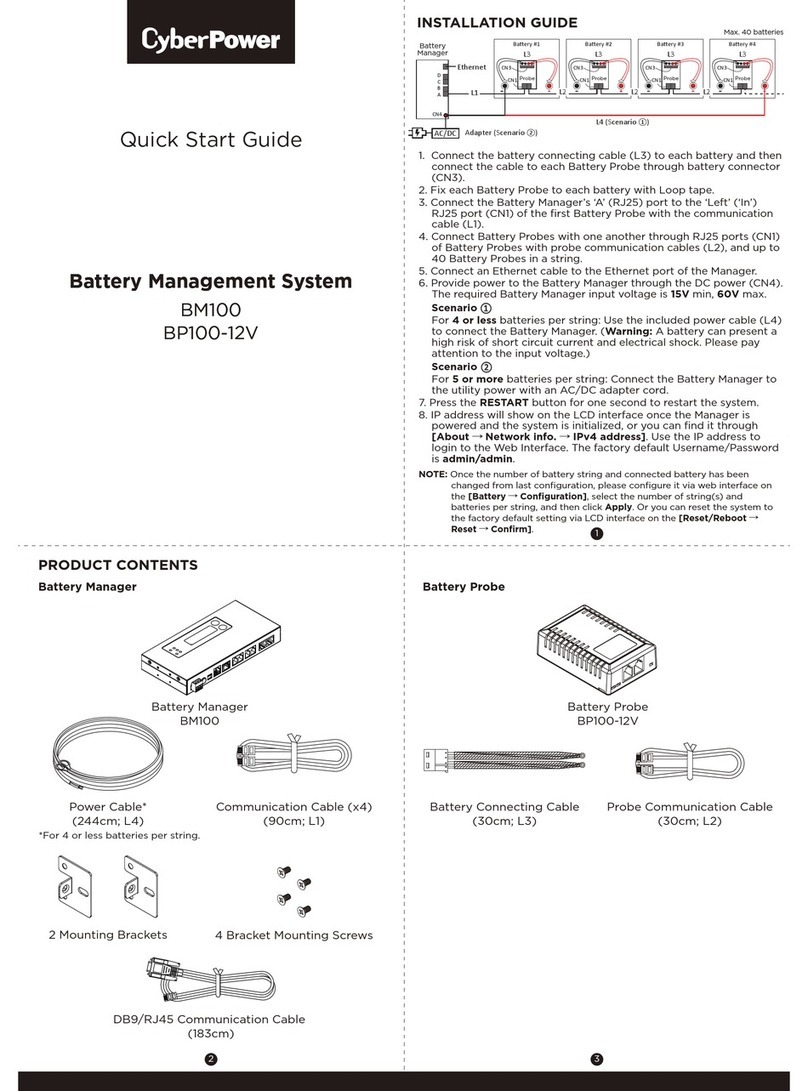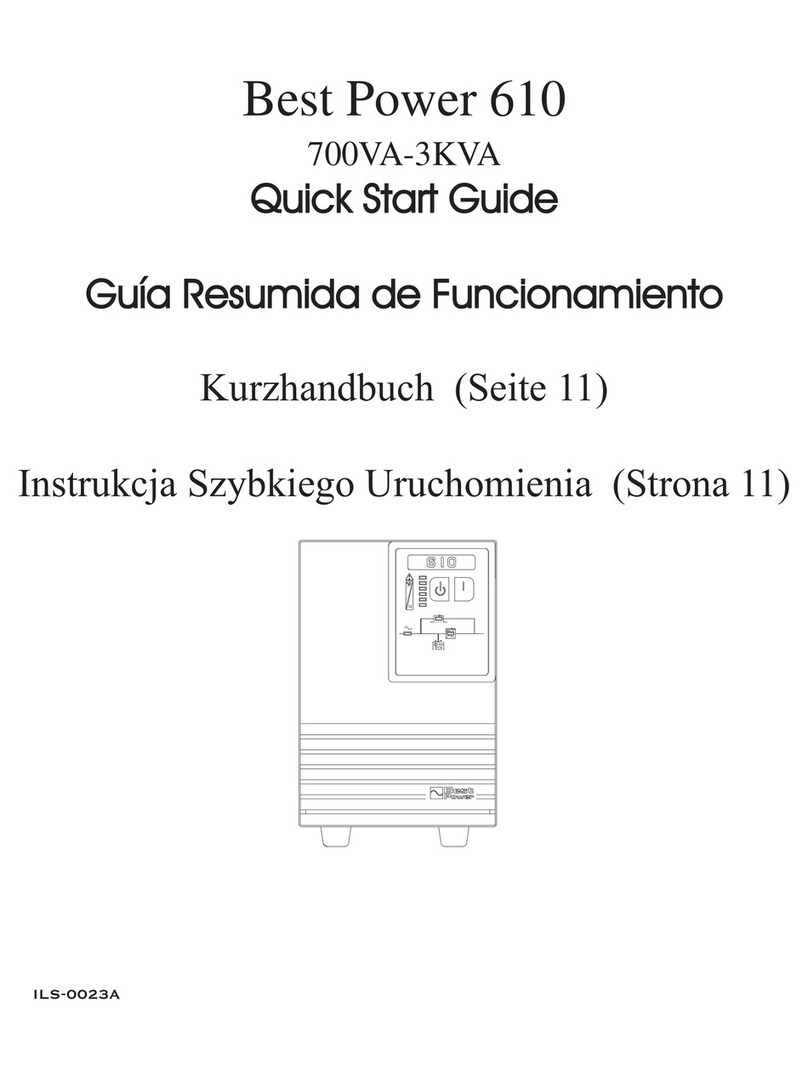Protect 5.31/xxx-480-220-120 10 kVA - 120 kVA
Page 4 of 56 8000020680 BAL, en
Table of Contents
Notes on these Operating Instructions ...........................................2
1 Safety Regulations.................................................................6
1.1 Important Instructions and Explanations..................................6
1.2 Accident Prevention Regulations.............................................6
1.3 Danger during Maintenance and Repair Work.........................7
1.4 Fire Protection..........................................................................7
1.5 Qualified Personnel..................................................................7
1.6 Safety Awareness....................................................................8
1.7 Application ...............................................................................8
1.8 Liability.....................................................................................9
1.9 Directives .................................................................................9
2 Technical Data......................................................................10
3 General Information.............................................................11
3.1 Technology ............................................................................11
3.2 Operating Elements of the UPS.............................................13
4 Transport, Storage and Installation....................................14
4.1 Packing ..................................................................................14
4.2 Crane Transport.....................................................................14
4.3 Transporting the Unit using a Forklift or Lowlift Truck............15
4.4 Site Requirements..................................................................16
4.5 Floor Mounting.......................................................................17
4.6 Storage ..................................................................................18
5 Function................................................................................18
5.1 Operating Modes ...................................................................18
5.1.1 Operation with Mains Power Supply......................................18
5.1.2 Operation with Faulty Mains Supply.......................................19
5.1.3 Operation with a Faulty Inverter.............................................20
5.1.4 Operation with Manual Bypass ..............................................20
5.2 Function of the Circuit Breakers.............................................21
5.3 Static Bypass Switch (SBS)...................................................22
5.4 Charging the Battery..............................................................23
5.5 Manual Characteristic Curve Switchover...............................23
5.6 Battery Tests..........................................................................23
5.6.1 Capacity Check......................................................................24
5.6.2 Capacity Test.........................................................................25
6 Connection ...........................................................................26
6.1 Inputs and Outputs.................................................................26
6.2 Connection of the Mains, Load and Battery Cables...............27
6.3 Connection of the Control and Signal Lines...........................28
6.4 Connection Cross Sections and Fuse Protection...................29
7 Start-Up.................................................................................30
7.1 Preparing Start-up of the UPS (Individual Unit) .....................30
7.2 Starting up the UPS (Individual Unit) .....................................31

